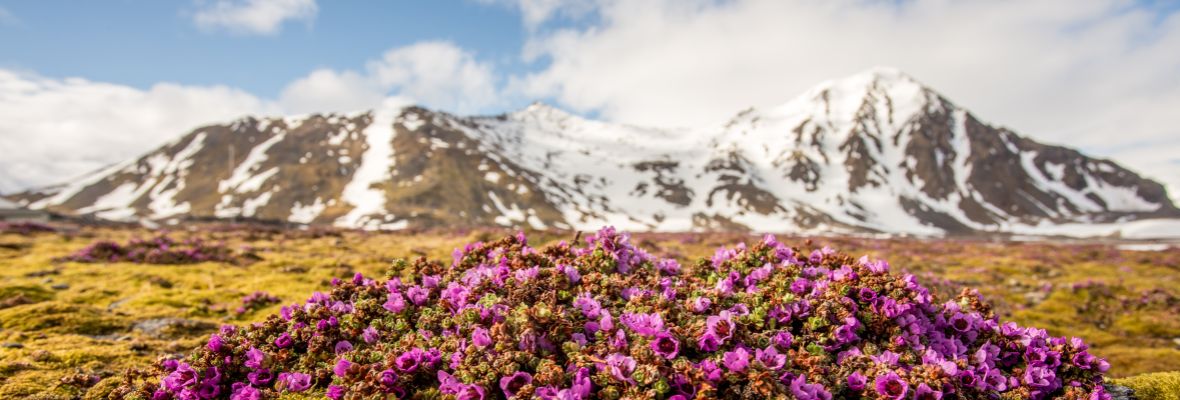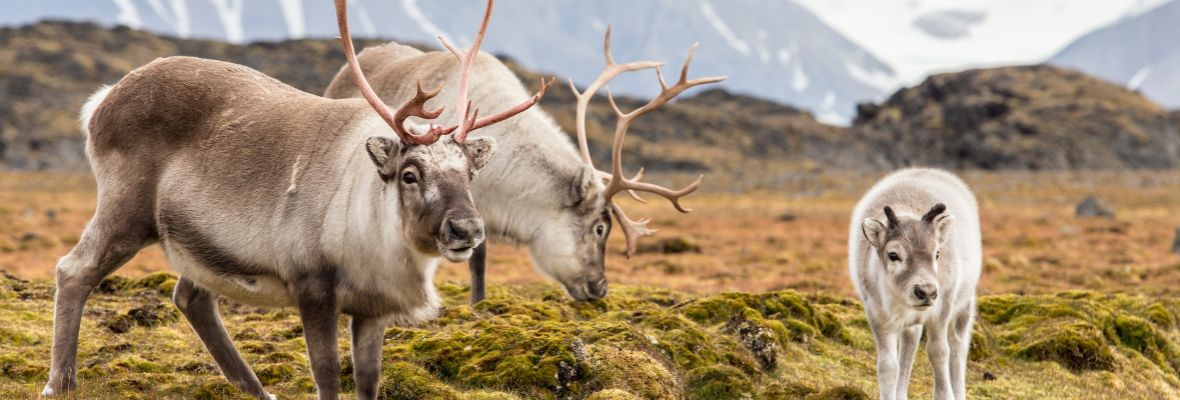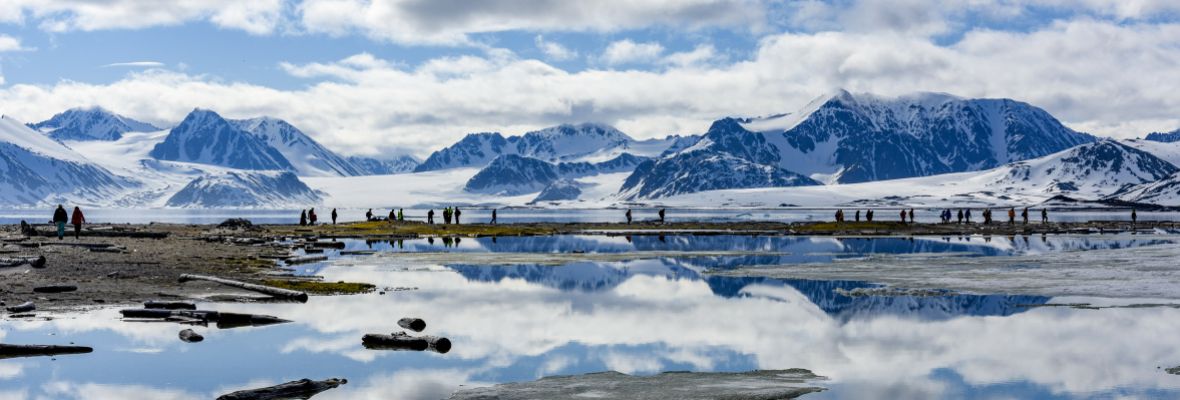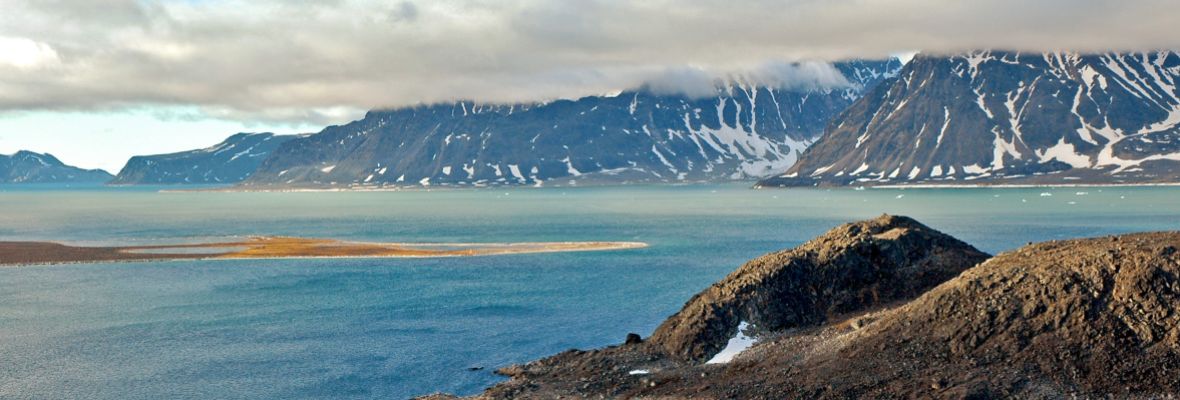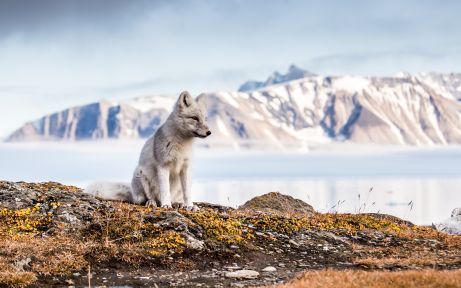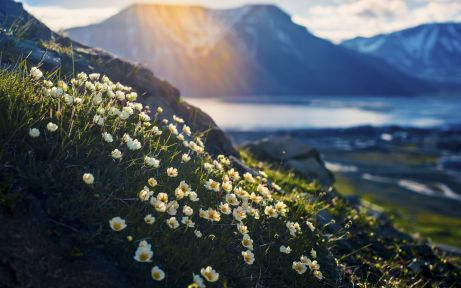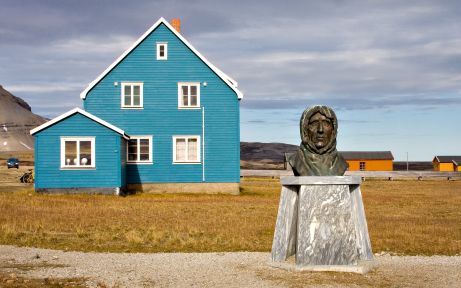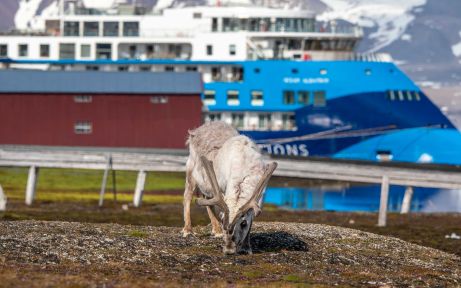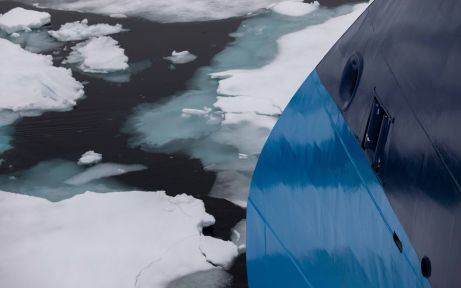We are thrilled to announce the official launch of our new website, Polar Latitudes Expeditions. Discover more in our latest news update, and visit our new website polar-latitudes.com.
Experience our expedition voyages to Svalbard, all designed to engage your heart, mind, and spirit through the duration of the journey.
Unlike many areas of the Arctic, Svalbard was never inhabited by Indigenous people. The earliest record of the name appears in Icelandic sagas in 1194 as Svalbarði (meaning 'the Cold Coasts'), although whether the land referred to was Svalbard, Jan Mayen or East Greenland remains uncertain.
Legendary Dutch explorer William Barentz was the first person to definitively reach Svalbard in 1596 - and Dutch and English whalers came soon after, seeking their fortunes among the islands' rich wildlife. The islands were a no-mans land for several centuries, with Russian Pomors, Norwegians, Dutch, English and Basque whalers, hunters and trappers having free reign until the establishment of Norwegian sovereignty in 1920 with the signature of the Svalbard Treaty.
Where whalers once slaughtered, today nature has returned. Since 1920, vast tracts of Svalbard are protected as Nature Reserves and National Parks, and all wildlife here is protected by law. The islands are once again a haven for Arctic wildlife, including vast numbers of birds, Arctic foxes, reindeer, and marine mammals including whales, seals, walrus and polar bears.
Area of Svalbard
Population of Svalbard
Facts about Svalbard
- Svalbard lies between 76°N and 81°N, but is considerably warmer than other lands at similar latitudes due to the moderating effects of the Gulf Stream
- Svalbard's main town, Longyearbyen, is Earth's northernmost city, and contains the northernmost schools, supermarket and church on Earth. The northernmost community on Earth is the research settlement of Ny-Ålesund, situated slightly north of Longyearbyen.
- Austfonna, situated in northeastern Svalbard, is the largest glacier in Europe. It covers an area of around 8,500km^2 - around the size of the island of Cyprus!
- Svalbard holds the world's largest library of seeds. The Svalbard Global Seed Vault is dug into the mountains outside Longyearbyen, where the permafrost provides natural refrigeration. The Vault has the largest capacity of any seed bank globally, intended to serve as an ark of Earth's food crops in case of a disaster, and holds over a million crop samples.
- Arctic
- Svalbard



